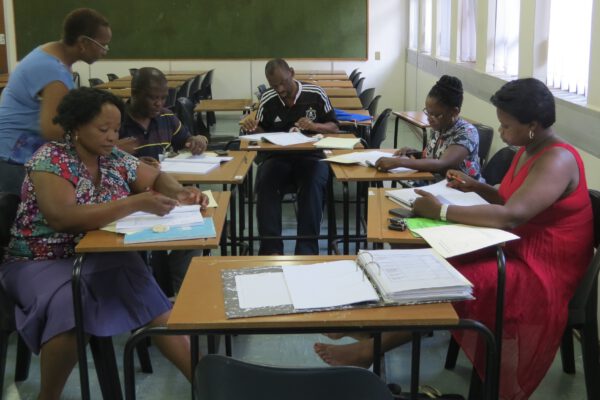By Sannam S4
Here at Sannam S4, we have observed a trend among the institutions we work with around the globe, driven by the way COVID-19 has altered the higher education internationalization landscape. Perhaps most significantly, we’re seeing an increased prioritization of lasting, high-value partnerships. Gone are the days of signing memoranda of understanding for the sake of ceremony, and here to stay are meaningful and sustainable partnerships—for both parties—many with a focus on student mobility.
As ACE gathers data for the 2022 edition of its Mapping Internationalization on U.S. Campuses study, we wonder—how much has international education changed since 2017? What has the impact of the global pandemic been? So far, when ACE asked college and university leaders about whether COVID-19 would affect their institutions’ long-term internationalization strategy beyond the 2020–21 academic year, 66 percent of the respondents said yes. Regarding internationalization priorities beyond the 2020–21 academic year, “recruiting international students” was listed at number one, followed by “partnerships with institutions/organizations abroad” (41 percent) and “increasing education abroad for U.S. students” (29 percent).
Given Sannam S4’s vision to provide impactful and innovative solutions for colleges and universities to enter the global education market, we reflect on this new era of partnership development and take a closer look at emerging themes. Just as ACE works on providing important data points for benchmarking and measuring impact, Sannam S4 works to support partners with day-to-day implementation.
New driver for partnerships
Scholar exchanges, study abroad, and research are the traditional types of partnerships U.S. universities engage in with international universities. However, as we have observed since 2020, traditional partnerships have been impacted heavily and some were even lost, encouraging universities around the world to revisit and reassess their internationalization goals. Partnerships focused on student mobility have risen to the top for international institutions seeking to build meaningful and sustainable relationships with their American counterparts.
Limited global travel, accessibility to vaccines, and other fallout from COVID-19 have driven changes in the way students around the world make decisions. Students are maneuvering complex challenges and interruptions to their study goals, adjusting their study abroad plans, and choosing to stay at home and enroll in their local universities. Local universities, in turn, see an opportunity to expand and build programs to attract and retain these full-paying, academically strong students.
This movement to study at home can be leveraged into new kinds of partnerships and a new vision of study abroad. Over the past two years, we have observed an increasing interest in partnerships with a focus on student mobility from international partners in South Asia and Southeast Asia—an interest in developing joint degree programs to offer their students an opportunity to begin their higher education at home and complete their degree at or with an international university. In some countries, emerging policies have provided new opportunities in developing joint degree partnerships. For example, India’s National Education Policy 2020 reimagines a transformed national education system by 2040 that includes internationalizing higher education.
Student mobility-focused partnerships can be nuanced. While the agreement usually focuses on the complex joint degree assessment and program design, the role of student demand is often overlooked. In brokering partnerships and facilitating discussion between international institutions, Sannam S4’s new Global Gateway Partnership program (GGP) is designed to include a student-demand generation element to ensure awareness of the program in the local market, identify the right type of students entering the program, and help students to succeed in their degree completion abroad.
U.S. universities seeking to develop strong international student pipelines in a country should consider the student mobility-focused partnerships and the new opportunities it presents. Given the current landscape and students’ hesitancy to leave home (or inability to do so) while still striving to pursue overseas study, now the time is right to build meaningful, mutually beneficial, and strategic relationships with international universities.
Conclusion
For universities looking to take the first steps or renew internationalization efforts, there are an increasing number of reasons why strategic partnerships should be top of the priority list. With correct planning and implementation, high-quality, collaborative partnerships can benefit students, faculty, and the broader community. For those who are not sure where to start, Sannam S4 released a new artificial intelligence-driven partnership matchmaking tool in 2021. An interactive form allows users to input their needs to generate a list of potential partner institutions in Asia..
The collection and analysis of internationalization data is crucial to the field. Sannam S4 is pleased to be sponsoring the Mapping Internationalization on U.S. Campuses study, which provides incredibly useful insights. If you have yet to contribute to this year’s Mapping Survey, you still have time to submit your response. Fill out this form to see if your institution has already participated.
Sannam S4 is a market entry and expansion support company based in India for international organizations seeking to explore, enter, and expand into dynamic markets worldwide.
If you have any questions or comments about this blog post, please contact us.



